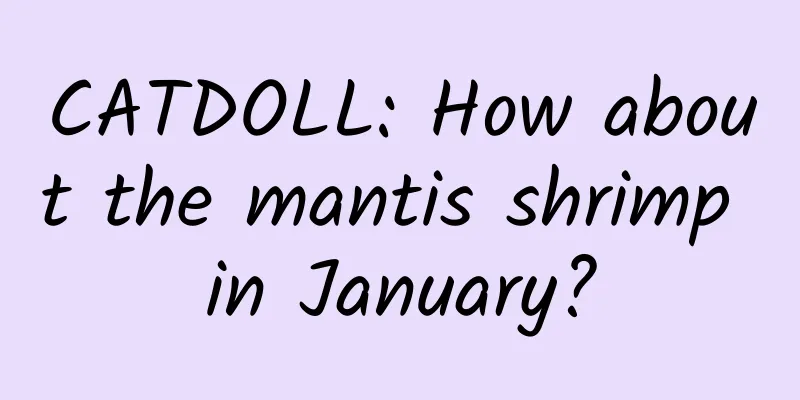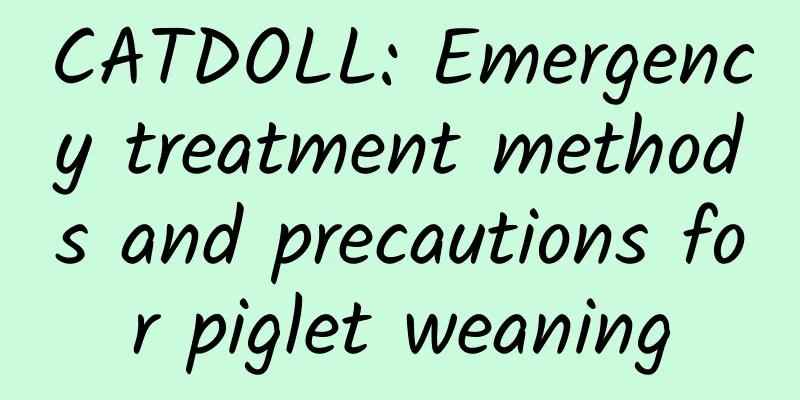CATDOLL : CATDOLL: What are the key ecological farming techniques for breeding freshwater shrimp in ponds?

|
Freshwater shrimp, scientifically known as Macrobrachium nipponense, belongs to the class Crustacea, order Decapoda, family Macrobrachium. It is large in size, has delicious meat and rich nutrition, and is a precious shrimp loved by people. Freshwater shrimp has become one of the main objects of freshwater aquaculture because of its fast growth, short breeding cycle and high economic value. 1. Pond conditions Generally, fish ponds can be used to raise shrimps. The area should not be too large, preferably 1 to 5 mu, with a water depth of 1 to 1.5 meters. The transparency of the pond should be maintained at about 40 cm, and the pH value should be 7.5. Shrimp have high requirements for dissolved oxygen, and the dissolved oxygen in the water must be above 5 mg/L. There should be less silt at the bottom of the pond, which should not exceed 20 cm. In addition, the water source of the pond should be sufficient, drainage and irrigation should be convenient, and there should be no pollution. 2. Pond cleaning Before the shrimp fry are released into the pond, the pond must be strictly cleaned, excess silt removed, the pond embankment repaired, and a shrimp collection ditch about 3 meters wide dug in the pond to facilitate future fishing. Use 75-100 kg of quicklime per mu to disinfect the dry pond, and fill it with water after 4 days. When filling, use 80 mesh silk to filter the incoming water at the water inlet to prevent harmful organisms from entering. Before the shrimp fry are released, the pond should be fully fertilized to cultivate zooplankton and benthic organisms for the larvae to eat. 3. Shrimp fry stocking Select healthy, complete and disease-free shrimp fry for stocking. There are generally two stocking methods, namely single stocking and mixed stocking. Single stocking is 60,000 to 100,000 1.5 to 2 cm young shrimp per mu. For mixed stocking, if fish are mainly for food, 20,000 to 30,000 young shrimp per mu; if fish are mainly for fattening fish, 10,000 to 15,000 young shrimp per mu. The per mu yield of fish should be controlled at 200 to 300 kg. The stocking time should avoid high temperatures and should be carried out before 9 am on a sunny day. The shrimp fry should be kept in water to prevent the shrimp from being injured. 4. Feeding and Management 1. Set up shrimp nests: In order to make full use of the water body, some submerged plants, such as Vallisneria, Hydrilla verticillata, etc., should be planted in the shallow water area of the pond, and some water hyacinths should be planted on the water surface. Water plants generally occupy about 20% to 30% of the pond area, so that they can provide shade in the hot season, and the tender leaves of water plants can be eaten by shrimps, and can also be used as a hiding place for shrimps to live and molt. 2. Feeding: Shrimp are omnivorous animals. In the larval stage, they feed on plankton, and in the adult stage, they feed on the decayed stems and leaves of aquatic plants and the corpses of fish and shellfish. Therefore, the feed is generally based on plant baits such as bean cake, rice bran, distiller's grains, bran, etc., and is appropriately matched with animal baits such as crushed snails, small fish, and fish meal. The mixing ratio is 6:4. You can also feed a compound feed with a crude protein content of more than 30%. The specific feeding method is to feed once in the morning and evening every day. The young shrimps that have just been put into the pond are small and have poor swimming ability. It is advisable to sprinkle the bait throughout the pond. When they are slightly larger, feed is thrown in a shallow water area with a depth of 50 cm, and in the evening, it is thrown on the edge of the pond. The daily feeding amount is about 10% of the shrimp's body weight, which increases or decreases according to the growth, feeding and weather conditions of the shrimp. 3. Daily management: Patrol the pond every day, observe changes in water quality and check whether the water inlet filter is damaged, and prevent harmful organisms from mixing in or shrimps from escaping. Shrimp require high dissolved oxygen. If the shrimps lie on the water plants by the pond or jump on the edge of the pond, it means that there is a lack of oxygen in the pond. Flush the pond or start the aerator in time. Generally, fill the pond every 5 to 7 days, and increase the water depth by 15 to 20 cm each time. 1. The pond for breeding fresh shrimp requires sufficient water, fresh water, no pollution, and dissolved oxygen>5mg/L. The pond is rectangular, with loam soil from east to west, a flat bottom, 10~15cm of silt, and an area of 0.20~0.33hm2. It is required to install a 1.5kW aerator on the 0.20~0.33hm2 water surface. The microporous pipe oxygenation at the bottom of the pond generally adopts a three-stage gas supply of main pipe, inflation pipe, and microporous pipe, which can be centralized gas supply or divided into pools. In Gaochun District, Nanjing City, Jiangsu Province, Gucheng Lake crabs are a major pillar industry for local farmers to get rich. Residents of Huashan Village in the area mostly make a living by breeding crabs, especially in years when the crab market is good, and good quality crabs are hard to come by. Wu Shengbao is one of the many crab farmers, but when talking about the market situation in the past two years, he is somewhat helpless. In recent years, the consumption enthusiasm for hairy crabs has been high, and farmers have been enthusiastic about breeding crabs, resulting in a large-scale breeding and oversupply, and the price is somewhat depressed. Green shrimps are more adaptable to growing in a clean and comfortable water temperature environment. If the temperature of the pond is relatively high and not very clean, they may not survive. The silt on the bottom of the pond should be less, not more than 20 cm. In addition, the water source of the pond should be sufficient, the drainage and irrigation should be convenient, and there should be no pollution. When filling the water, the water should be strictly filtered with 80 mesh silk at the water inlet to prevent the entry of harmful organisms. Before stocking the shrimp fry, the pond should be fully fertilized to cultivate zooplankton and benthic organisms for the larvae to eat. |
<<: CATDOLL: How many shrimps can be raised in one acre of pond?
>>: CATDOLL: How to kill and clean silver pomfret
Recommend
CATDOLL: Please help me with the recipe and fishing method of catfish bait. Please help me with it quickly.
1. Please help me with the recipe and fishing met...
CATDOLL: How to calculate the acreage of laver cultivation?
Of course, the area required to cultivate one acr...
Experts teach you effective methods to solve sow uterine bleeding
Common causes of uterine bleeding in sows Uterine...
CATDOLL: Can all monsters be caught in Pokémon Fire Red 386? Can all monsters be caught in Pokémon Fire Red 386?
no... Some monsters can only be obtained by cheat...
CATDOLL: How many square meters of soil are needed for a greenhouse to raise grasshoppers? (How many square meters of soil are needed for a greenhouse to raise grasshoppers?)
1. What are some basic requirements and technique...
CATDOLL: What kind of bees are black bees?
What kind of bees are black? There are two types ...
CATDOLL: As the saying goes, "Qingming snails are as fat as geese." When eating snails at this time, you should be careful and stay away from a poisonous snail.
1. As the saying goes, "Qingming snails are ...
CATDOLL: How to subscribe to CN pig selling network
With the rapid development of the Internet, e-com...
CATDOLL: How much does it cost to invest in the cockroach landfill treatment plant in the early stage? (How much does it cost to invest in the cockroach landfill treatment plant in the early stage?)
1. Join Li Yanrong's cockroach factory? Li Ya...
CATDOLL: What are the morphological characteristics of these three plants, namely, spatholobi, hyssopus, and ophiopogon, and how to distinguish them?
1. What are the morphological characteristics of ...
CATDOLL: What soil should be placed for snails (What soil is best for snails)
1. What are the methods and techniques for breedi...
CATDOLL: What do you think are the top Chinese ingredients?
China is a world-famous country for its delicious...
CATDOLL: When does dace spawn?
When does dace ovulate? The main food of the gupp...
CATDOLL: How much can Xiangyun crucian carp grow in a year?
1. How much can Xiangyun crucian carp grow in a y...
CATDOLL: How do little ants spend the winter?
How do little ants spend the winter? They spend t...









